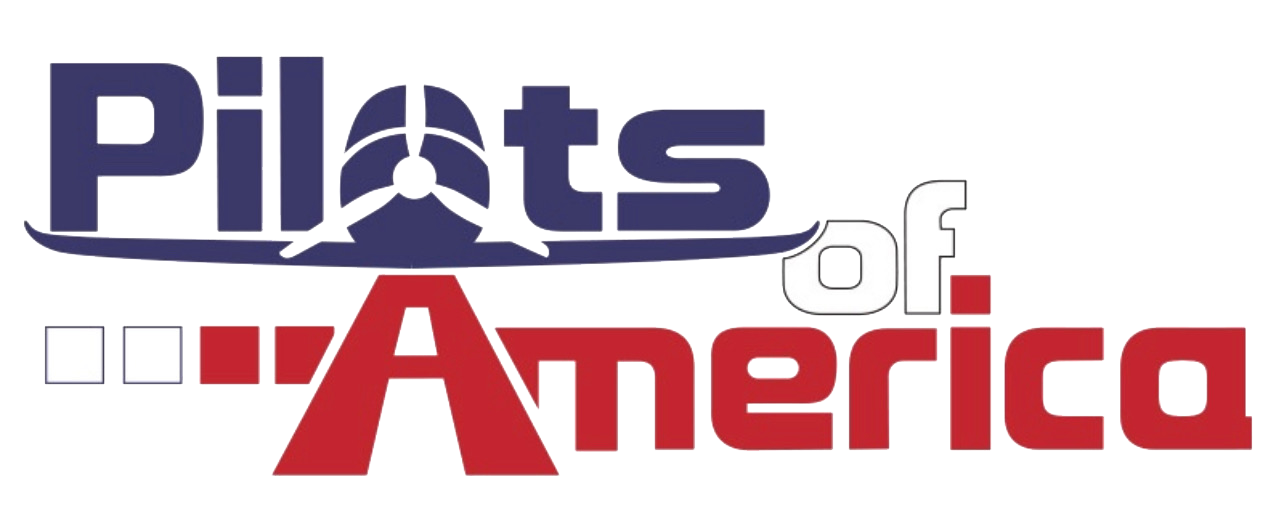AKBill
En-Route
METAR PAJN 311653Z 00000KT 10SM FEW250 M17/M18 A3041
RMK AO2 SLP297 I1000 T11671178=
How often do you reference other material to decode METAR's? I don't often need to reference other sources to decode a METAR but did today. Checking METAR for Juneau this morning I did not recognize I1000 or T11671178.
I1000 is trace amount of ice in 0.01 inches for the last hour.
T11671178 is temperature and dew point in C to the nearest 10th of a degree. 1 after the T is minus 0c and 0 after the T is above 0c. Temperature is -16.7C and dew point is -17.8C
RMK AO2 SLP297 I1000 T11671178=
How often do you reference other material to decode METAR's? I don't often need to reference other sources to decode a METAR but did today. Checking METAR for Juneau this morning I did not recognize I1000 or T11671178.
I1000 is trace amount of ice in 0.01 inches for the last hour.
T11671178 is temperature and dew point in C to the nearest 10th of a degree. 1 after the T is minus 0c and 0 after the T is above 0c. Temperature is -16.7C and dew point is -17.8C



